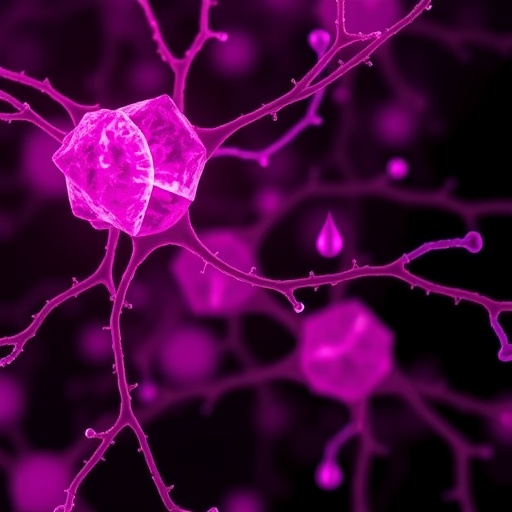Graphene, the two-dimensional, ultra lightweight and super-strong carbon film, has been hailed as a wonder material since its discovery in 2004. Now researchers are going beyond graphene and preparing other 2-D films with extraordinary properties for applications in wearable electronics, sensors and energy storage. The cover story in Chemical & Engineering News (C&EN), the weekly newsmagazine of the American Chemical Society, surveys this expanding landscape.
Mitch Jacoby, a senior correspondent at C&EN, notes that most 2-D materials have certain features in common: They tend to be flexible, transparent, and can be tuned more easily than their bulk counterparts. Some are electrical conductors, and others are insulators or semiconductors. However, there are some gray areas about what 2-D means. How many layers thick can they be? Do the materials need to be free standing?
While those questions are not fully resolved, researchers have forged ahead with the creation of new ultrathin films with varying properties. They largely fall into five major groups: MXenes, Xenes, organic materials, transition metal dichalcogenides and nitrides. The materials are in differing stages of development, from laboratory curiosity to demonstration devices.
###
The article, "2-D materials go beyond graphene," is freely available here.
The American Chemical Society, the world's largest scientific society, is a not-for-profit organization chartered by the U.S. Congress. ACS is a global leader in providing access to chemistry-related information and research through its multiple databases, peer-reviewed journals and scientific conferences. ACS does not conduct research, but publishes and publicizes peer-reviewed scientific studies. Its main offices are in Washington, D.C., and Columbus, Ohio.
To automatically receive news releases from the American Chemical Society, contact [email protected].
Follow us on Twitter | Facebook
Media Contact
Katie Cottingham
[email protected]
301-775-8455
@ACSpressroom
http://www.acs.org
############
Story Source: Materials provided by Scienmag




